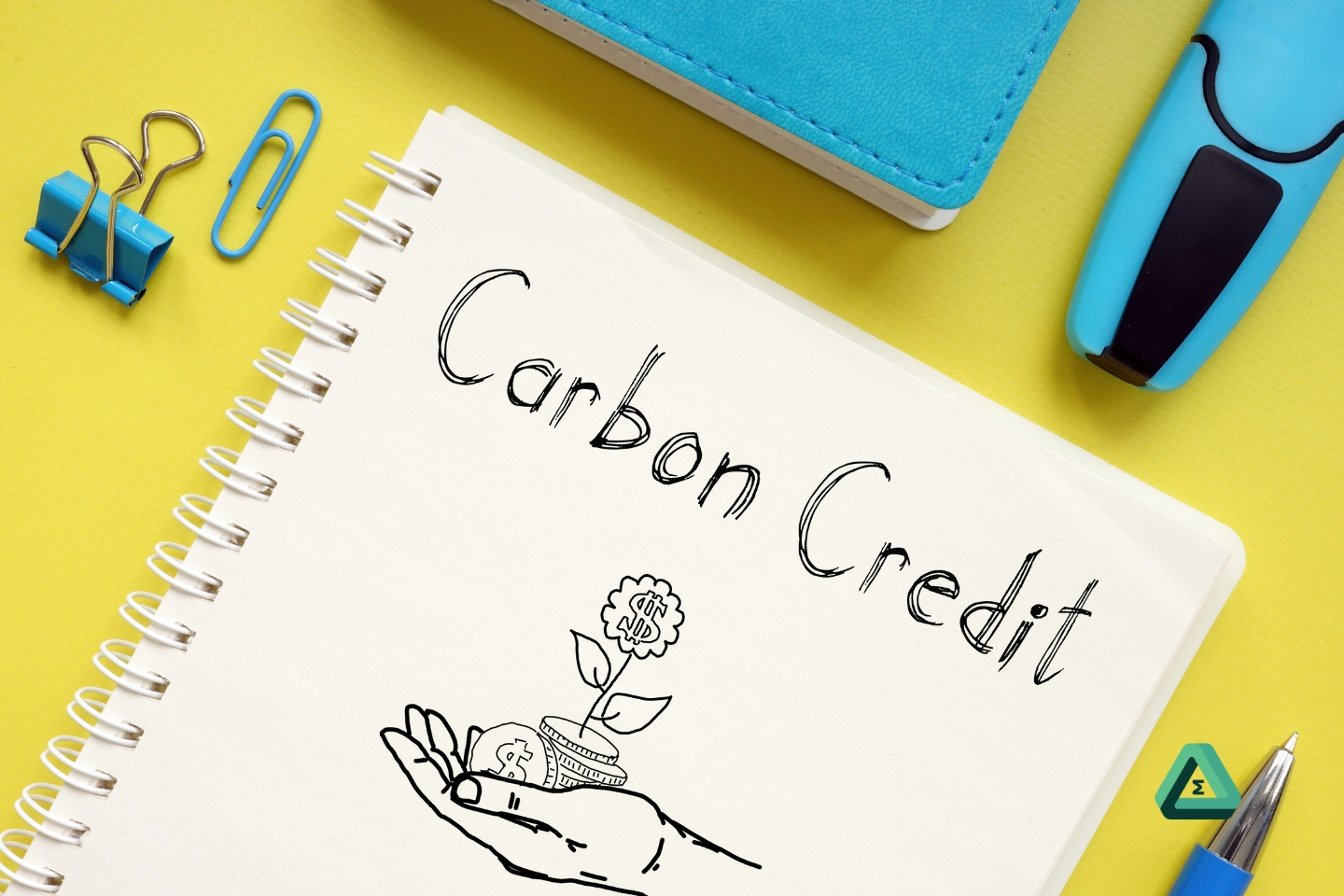

ACCUs and Voluntary Carbon Offsets. What’s the difference?
The terms ‘carbon credit’ and ‘carbon offset’ are often used interchangeably. However, each has a specific meaning in the context of Australian carbon markets.
Each credit represents one tonne of carbon dioxide equivalent (t CO2-e) emissions that have been stored, reduced, or avoided. Australian Carbon Credit Units (ACCUs) are purchased either from the government or the secondary market and may be generally thought of as a domestic compliance credit, a form of carbon offset.
The government awards credits to projects where integrity criteria have been proven. Companies can sell ACCUs generated from a project to the government or on the secondary market. In this scenario, carbon flows from emitters to regulators.
In contrast, carbon offsets are associated with the voluntary carbon market and involve trading of carbon revenue between companies. Companies can buy credits that represent a reduction of a tonne of CO2-e emissions by another party to offset their own emissions.
ACCUs and The Safeguard Mechanism
ACCUs, for the purpose of offsetting greenhouse gas emissions, are usually acquired by organisations that have compliance obligations. The Safeguard Mechanism is the national legislation that requires emissions to be offset where an organisation exceeds its baseline.
The Clean Energy Regulator (CER) believes the major source of demand for ACCUs will be from Safeguard Mechanism entities looking to secure ACCUs against their future liability, and demand from these parties is expected to continue to increase.
Many Safeguard Mechanism entities are yet to fully develop their compliance strategies while exploring abatement opportunities or financial support through initiatives like the Powering the Regions Fund (PRF). It should be noted that ACCUs differ from Safeguard Mechanism Credits (SMCs).
Eligible facilities that reduce their emissions beyond their baselines may be issued SMCs, which can then be held or traded with other Safeguard facilities.
SMCs are not considered to be carbon offsets because they are generated within a regulated emissions limit, which already constrains the emissions of Safeguard facilities.
Another source of ACCUs acquisition that has been increasing recently is by intermediaries. The role of these intermediary organisations is to facilitate the trading of units between the supply and demand sides of the market.
How should a company go about acquiring and surrendering ACCUs?
Participants can sell ACCUs on the secondary market or to the Australian Government under carbon abatement contracts. This gives a financial incentive for businesses and individuals to run ACCU Scheme projects that reduce emissions or store carbon. However, before engaging in buying and selling ACCUs, it is important to ensure the integrity of the credits.
The importance of having a robust process for ensuring the integrity of credits
Whether for compliance or voluntary purposes, the importance of credit integrity cannot be overstated, as it underpins the viability of the whole system. The ability to generate credits encourages cuts to emissions where possible, compensating for other areas of the economy where reducing emissions is not possible.
Looking ahead
Achieving Australia’s commitment to net zero emissions by 2050 will involve a collaborative effort by industry, government, and the Australian public. Companies with a significant carbon footprint must pay close attention to how that footprint is disclosed and forecasted.
How Greenbase can help
To respond to this demand, Greenbase has developed Envago Carbon – a carbon management software to help organisations forecast emissions, compare forecasts with actual data, and provide stakeholders with the key information they need to make decisions and prepare for ACCUs accounting.
Charting multiple futures
Forecasting emissions can be a complicated process, but Envago Carbon aims to simplify it. With a quality-controlled and documented Methods Library and a robust calculation engine, Envago Carbon allows users to create multiple scenarios to forecast their plans and projects for decarbonisation.
As part of a good carbon management strategy, companies need to understand how many ACCUs they need to surrender ahead of time, and this can be seamlessly done through Envago Carbon.
Greenbase is here to help you take that first step towards managing your carbon reduction strategies, offering tailored solutions from model creation and review to guidance on data collection and quality assurance.
Please reach out to one of our Environmental Consultants to embark on your decarbonisation journey today by contacting us at (08) 9322 9966 or email us at projects@greenbase.com.au
You can also visit our website at www.greenbase.com.au for the latest industry news and resources.






